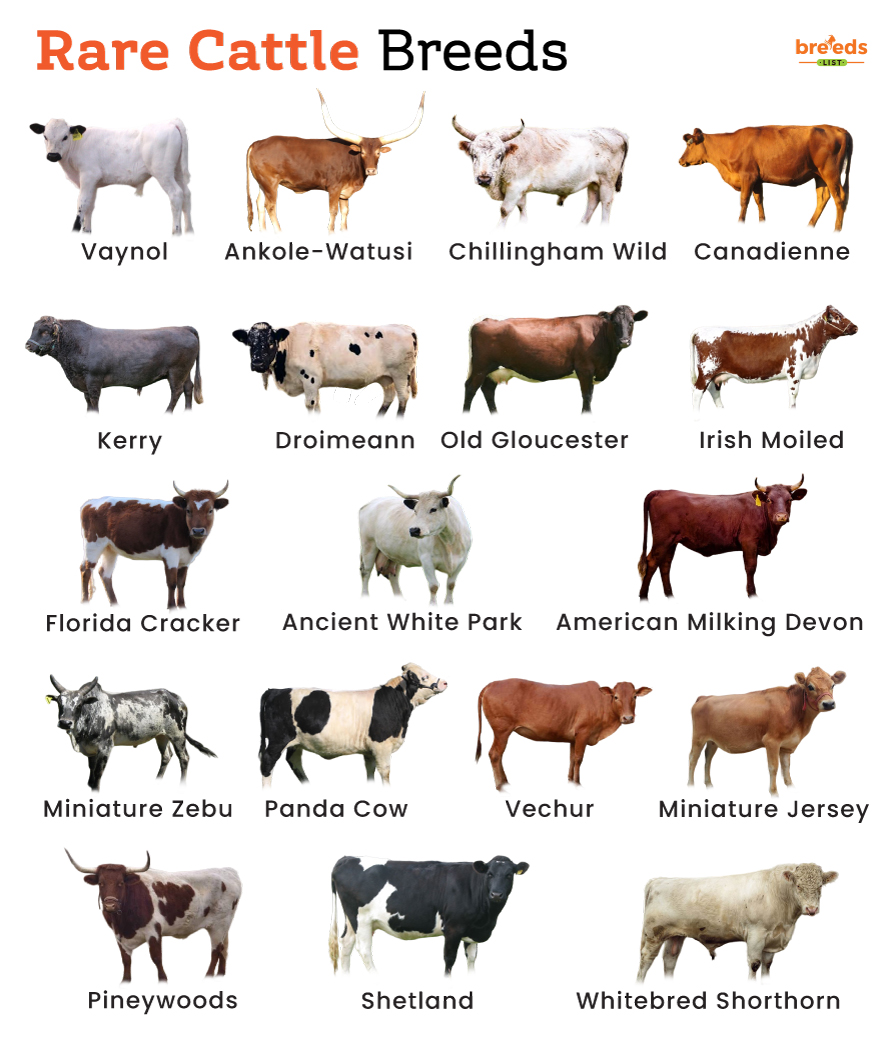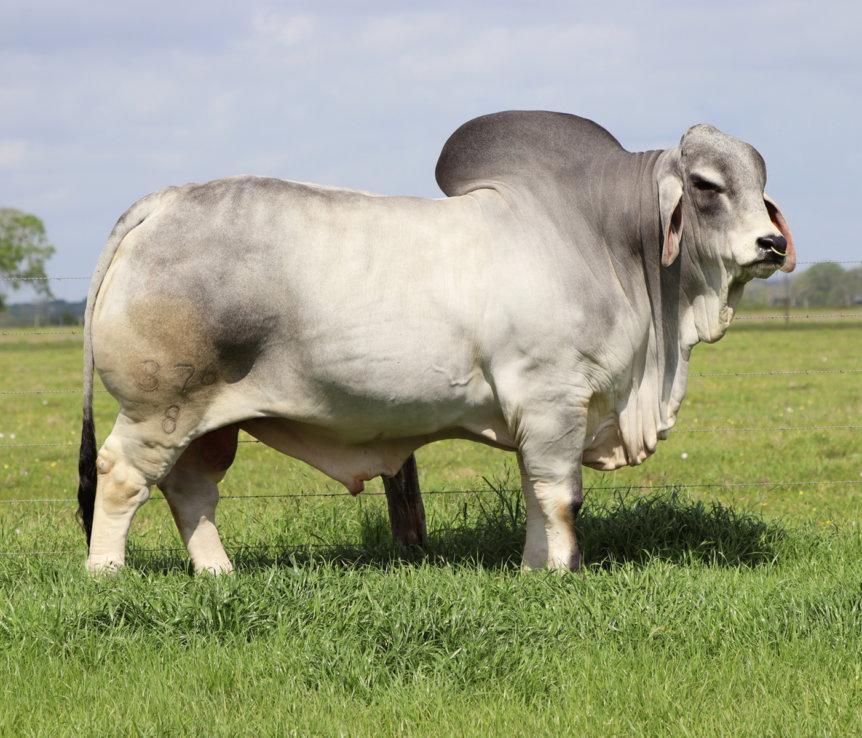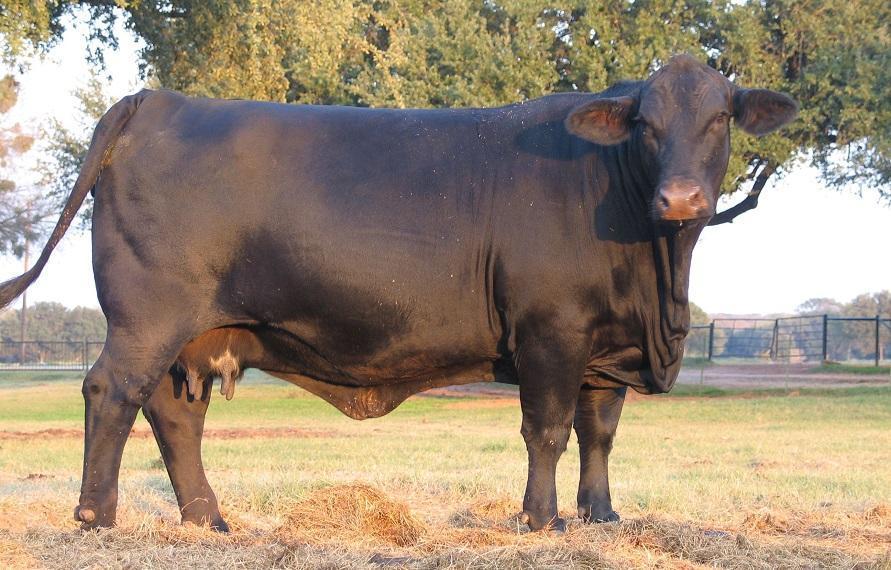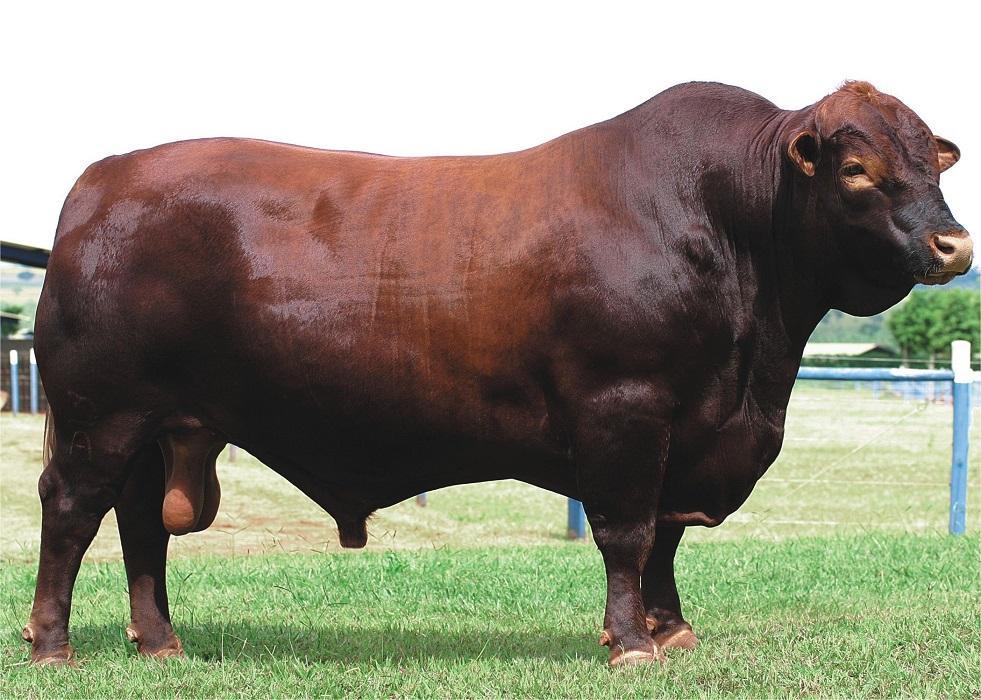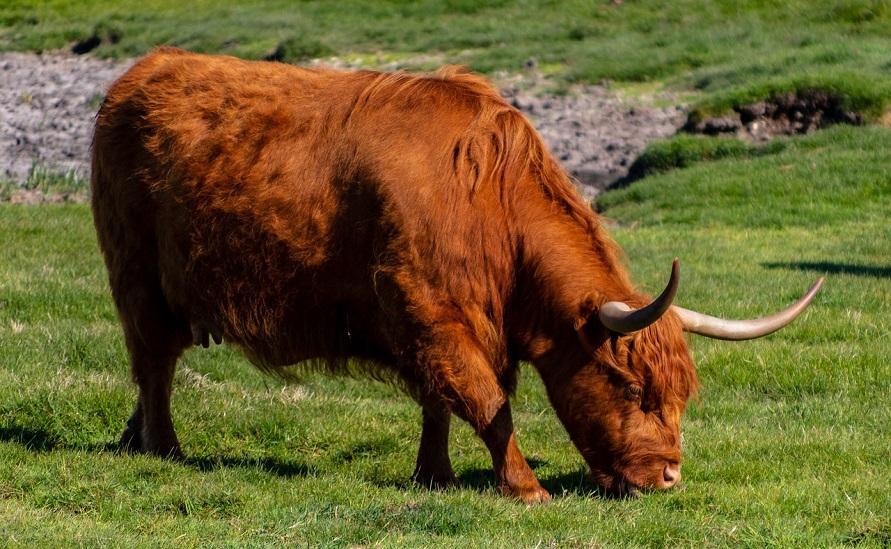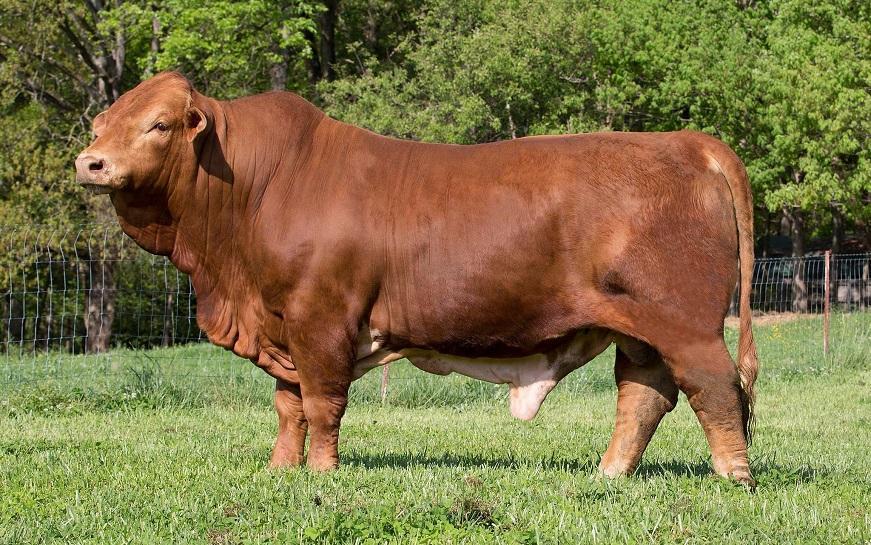Rare Cattle Breeds
When a cattle breed has around 2000 or fewer individuals in its breeding population, it is considered rare. Organizations like the Rare Breeds Survival Trust and the Food and Agriculture Organization (with their Domestic Animal Diversity Information System) keep track of these numbers and determine if a breed is rare or not.
Why Do Some Cattle Breeds Become Rare
- Switching to commercial breeds that better meet the needs of the breeders. Example: the Holstein replaced the Canadienne for dairy production in Canada.
- Epidemics that may severely dent a breed’s population. Example: For a while, the Belted Galloway population was on the decline due to foot-and-mouth disease, though its numbers have risen since.
- Some breeds may be limited to specific regions. Example: the Chillingham Wild can be found only in a small park in England.
Thanks to the conservation efforts of both individual conservationists and groups, several of these rare cattle are being cared for. Some, like the Texas Longhorn, have even recovered from nearly going extinct and continue to thrive with an overall population of around 400,000 individuals.
List of Cattle Breeds Considered Rare
| Breed | How Many Are Left | Where Are They Found | Purpose |
|---|---|---|---|
| Panda Cow | 24 (as of 2015) | United States | Ornamental |
| Kerry | Around 145 (as of 2023) | Canada, Ireland, and the United States | Dairy |
| Vaynol | 150 (as of 2014) | Lincolnshire and West Yorkshire in the United Kingdom | Beef |
| Chillingham Wild | Around 150 (as of 2022) | Chillingham Castle, Northumberland, England | Unknown |
| Whitebred Shorthorn | 200 (as of 2023) | England | Beef |
| Droimeann | 266 (as of 2020) | Ireland | Dairy |
| Canadienne | 300 (as of 2023) | Quebec, Canada | Dairy |
| American Milking Devon | 500 (as of 2021) | Canada and the United States | Dual purpose (beef & dairy) |
| Old Gloucester | 700 (as of 2022) | Gloucestershire, England | Dual purpose (beef & dairy) |
| Shetland | 800 (as of 2015) | Australia and the United Kingdom | Dual purpose (beef & dairy) |
| Irish Moiled | 900 (as of 2021) | United Kingdom, including Ireland and England | Dual purpose (beef & dairy) |
| Ankole-Watusi | 1500 (as of 2016) | United States | Dairy |
| Ancient White Park | 2000 (as of 2021) | Canada, England, and the United States | Beef |
| Vechur | 2000 (as of 2022) | India | Dairy |
| Florida Cracker | 2500-4900 (as of 2022) | United States, from the eastern seaboard to Montana | Heritage conservation |
| Pineywoods | Less than 5000 (as of 2022) | Southeastern United States | Dual purpose (beef & dairy) |
| Miniature Zebu | 6200 (as of 2016) | United States | Draught |
| Miniature Jersey | – | Canada and the United States | Dairy |
Note: Multiple UK breeds’ original populations are at risk despite the breed itself having established populations elsewhere. These include:
- Dairy Shorthorn
- Native Aberdeen Angus
- British White
- Lincoln Red
- Traditional Hereford
- Highland
- Dexter
- Belted Galloway
The original populations tend to be monitored by groups like the Rare Breeds Survival Trust, which tracks the number of cattle in each of these breeds.

